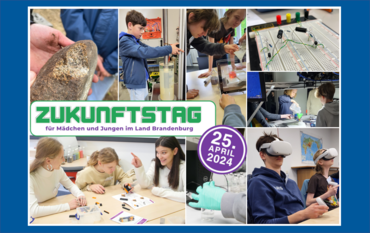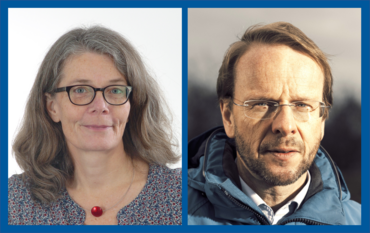Just because you haven't experienced something doesn't mean it can't happen. This insight also applies to natural hazards such as floods and droughts. A study published in the scientific journal Nature has shown that gearing risk management measures to the worst-case event experienced to date is not enough to reduce impacts from unprecedented events.
Floods and droughts can cause severe damage. Their intensity is increasing in many parts of the world and they are becoming more frequent. Appropriate risk management can reduce the impact of such natural hazards if the causes of the increasing damage are known. However, this has so far been hampered by a lack of empirical data.
Now, a large-scale international collaborative effort by researchers from the International Association of Hydrological Sciences, led by Heidi Kreibich of the German Research Centre for Geosciences Potsdam (GFZ), has compiled a unique data set. Almost one hundred authors were involved in the study of two successive extreme flood or drought events in the same area. The focus was on regions with large differences in population structure, socio-economic, climatic and hydrological conditions on all continents. 45 extreme event pairs (droughts or floods), separated by an average of 16 years, were thus compiled.
The analyses confirmed the obvious assumption that adequate risk management generally helps to reduce damage. The problem lies elsewhere: if extreme events occurred in a region that had never experienced an event of similar intensity before, it was particularly difficult to mitigate the effects.
Heidi Kreibich explains this with two factors. First, infrastructures such as dams and reservoirs have an upper design limit up to which they are effective. Once a threshold is exceeded however, they become ineffective. Second, risk management is usually introduced or adjusted reactively after major floods and droughts, while proactive, anticipatory strategies without precedent are rare. According to Kreibich, the reason for this behavior lies partly in a cognitive bias related to the rarity and previous uniqueness of these extreme events, as well as in the nature of human risk perception: events that one has already experienced oneself are also more likely to be expected again in the future.
However, the team also identified two success stories in the study in which the damage was less despite a higher hazard in the second event. These were floods in Barcelona (1995 and 2018) and on the Danube in Austria and Germany (2002 and 2013). In Spain, the amount of damage fell from 33 million euros to 3.5 million, while the Danube floods caused damage of 4 billion euros in 2002 and 2.3 billion in 2013. In both cases, the second events were originally worse: they lasted longer or it rained far more.
According to the researchers, three success factors were crucial: effective governance of risk and emergency management, high investment in structural and non-structural measures, and improved early warning and real-time control systems. Heidi Kreibich says: "We believe that applying these success factors can counteract the current trend of increasing damage from extreme events under climate change conditions."
Original Study: Kreibich, H., Van Loon, A.F., Schröter, K. et al. The challenge of unprecedented floods and droughts in risk management. Nature (2022). https://doi.org/10.1038/s41586-022-04917-5
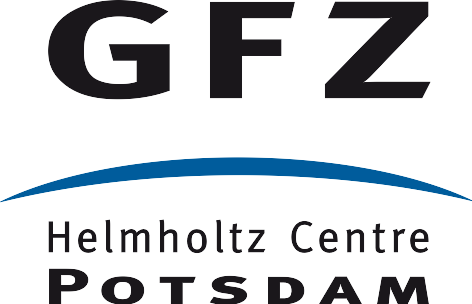

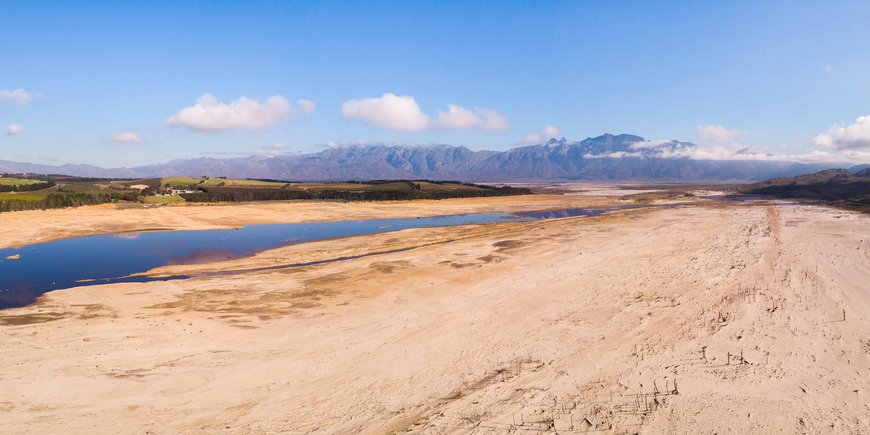
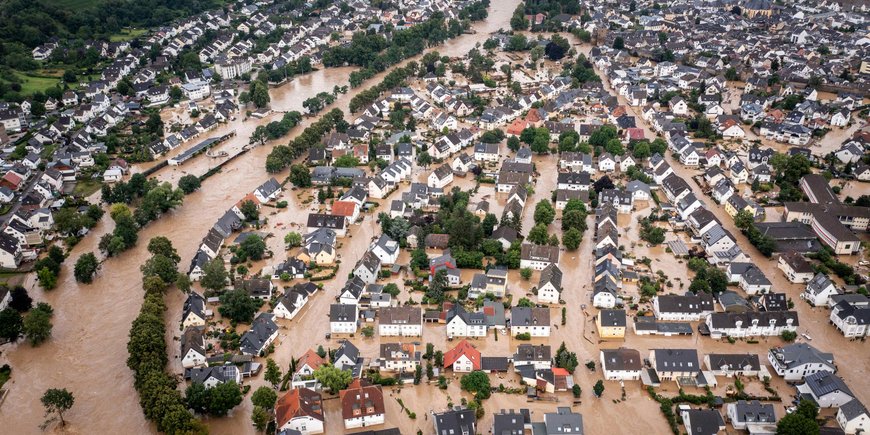
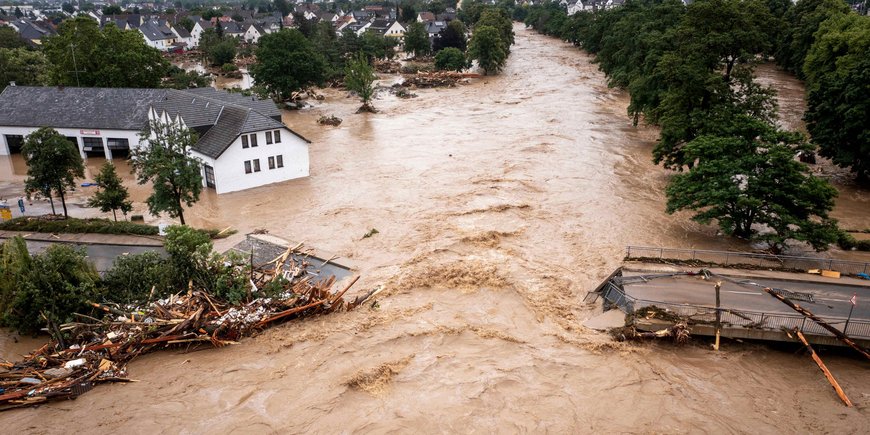
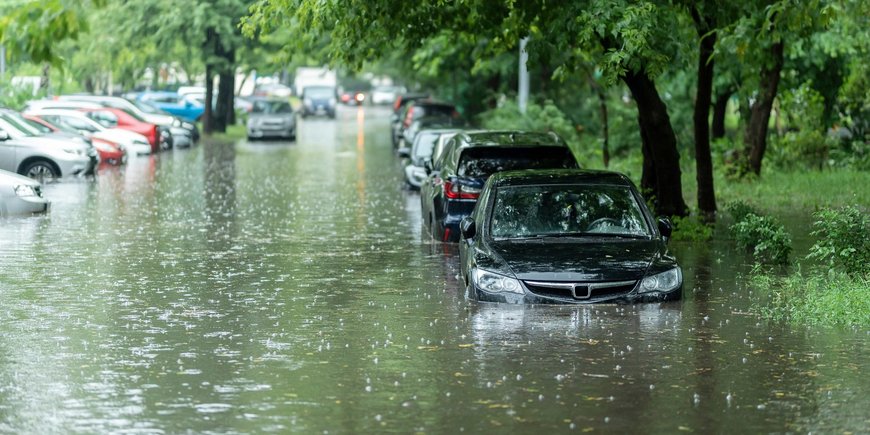
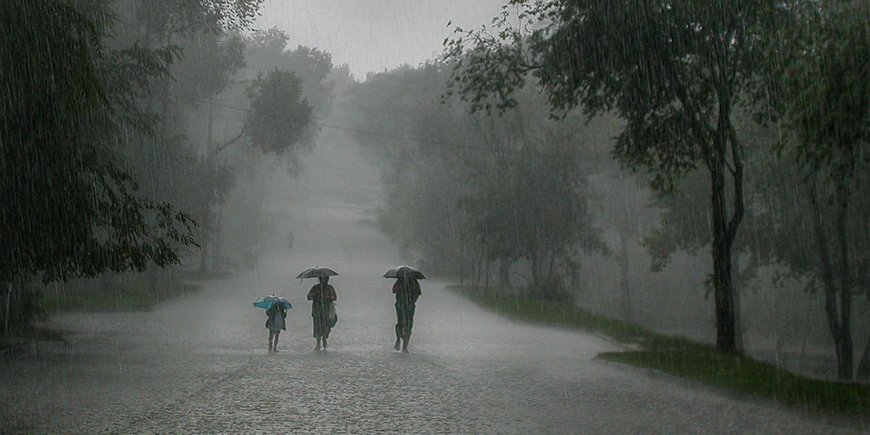
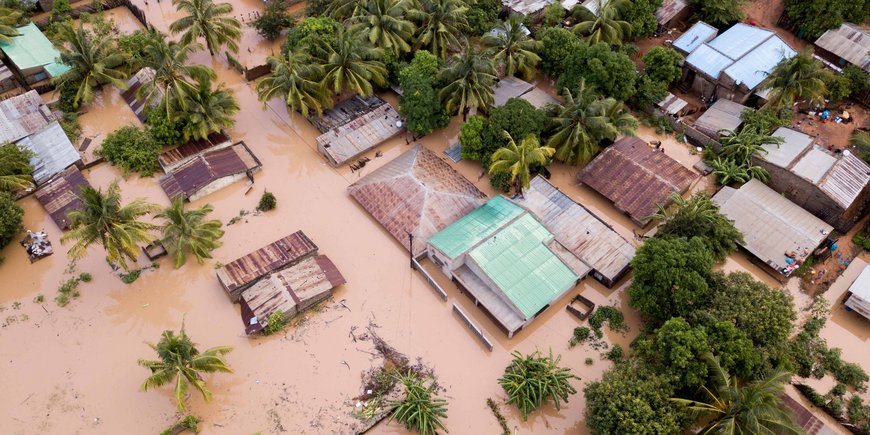

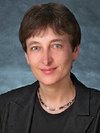





![[Translate to English:] Group photo with 7 people in front of a new metal plant in a large laboratory hall.](/fileadmin/_processed_/0/4/csm_20240628-GFZ_Einweihung_Triax-Anlage-PRESSE_Abb1_040_c-Bahlo-GFZ_187906cb48.jpeg)




![[Translate to English:] Heidi Kreibich, woman with short brown hair and blue eyes. She is wearing a grey cardigan and a red polo shirt](/fileadmin/_processed_/6/6/csm_kreibich-Heidi_1_Querformat_he-2021_2dedd3ef33.jpeg)




![[Translate to English:] [Translate to English:] Totes Meer gesehen von einem Hügel am Ufer](/fileadmin/_processed_/0/f/csm_20240612-web_AdobeStock_151245578_cb8e2706f3.jpeg)

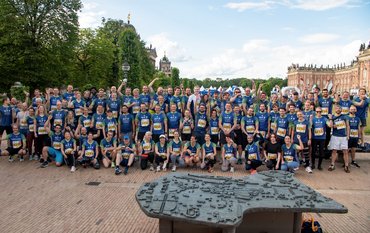
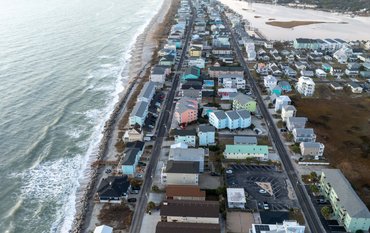
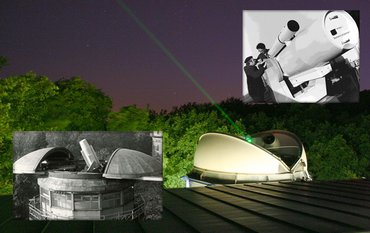
![[Translate to English:] Gruppenfoto im Hörsaal](/fileadmin/_processed_/8/a/csm_240528-GfZ-ERC-Grantees-Gruppe_31be9704f5.jpeg)
![[Translate to English:] Susanne Buiter in front of a blue wall with GFZ logo](/fileadmin/_processed_/d/7/csm_20220721-GFZ-Portrait-Buiter-1-he-web_-c-Reinhardt_Sommer_2a6e3b8ae1.jpeg)
![[Translate to English:] [Translate to English:] Drohne](/fileadmin/_processed_/b/a/csm_20240515_155801_d696ee4200.jpeg)
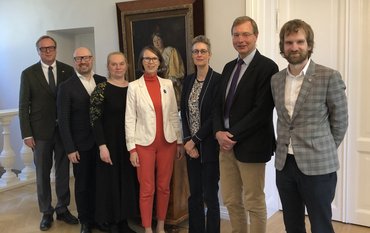
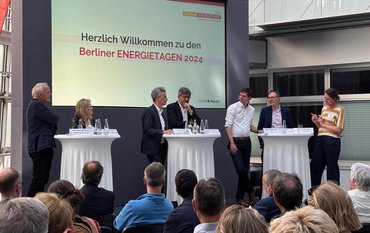
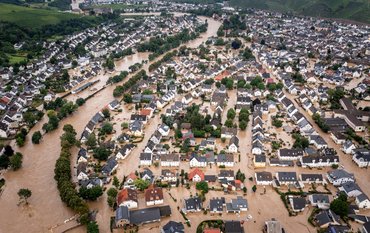
![[Translate to English:] ein riesiges Erdloch in einer kargen Landschaft im Iran mit Bergen im Hintergrund](/fileadmin/_processed_/f/1/csm_DSC_7917_kleiner_f14e27f7ad.jpeg)
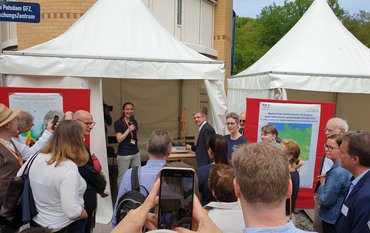
![[Translate to English:] Lecture room at GFZ with participants](/fileadmin/_processed_/a/9/csm_P1140796__002__c03fcad8bd.jpeg)
